NMR spectroscopy and imaging show that dendrites in a solid-state Li battery are formed from Li plating on the electrode and Li+ reduction at solid electrolyte grain boundaries, with an interlapped stalled growth period.
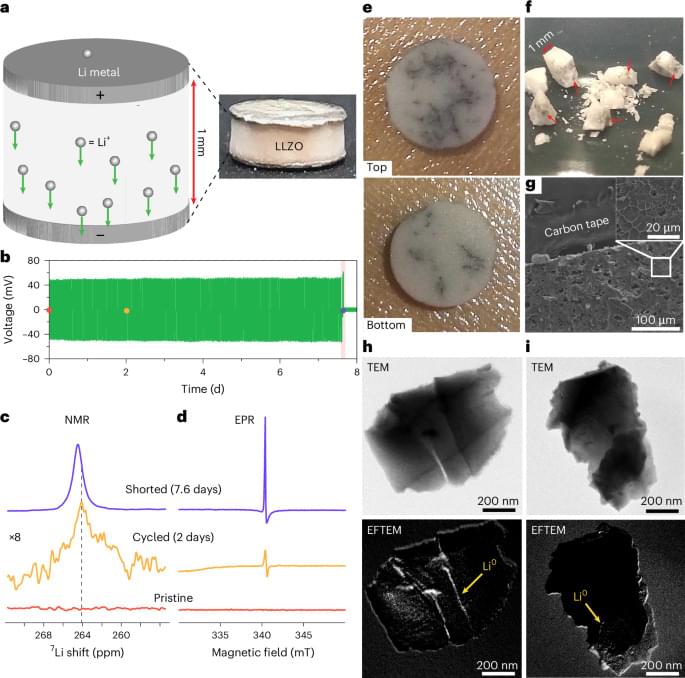

The work garnered impressive results. The enhanced electrolyte had an 84.3% energy retention rate after 700 charge/discharge cycles. Traditional versions typically produce a 37.1% retention rate after 300 cycles, all according to the summary.
The Pohang team is not alone in its impressive battery innovations. Plenty of them are happening in Korea. A pack that can extinguish its own fires is being developed by a team at Daegu Gyeongbuk Institute of Science and Technology, as another example.

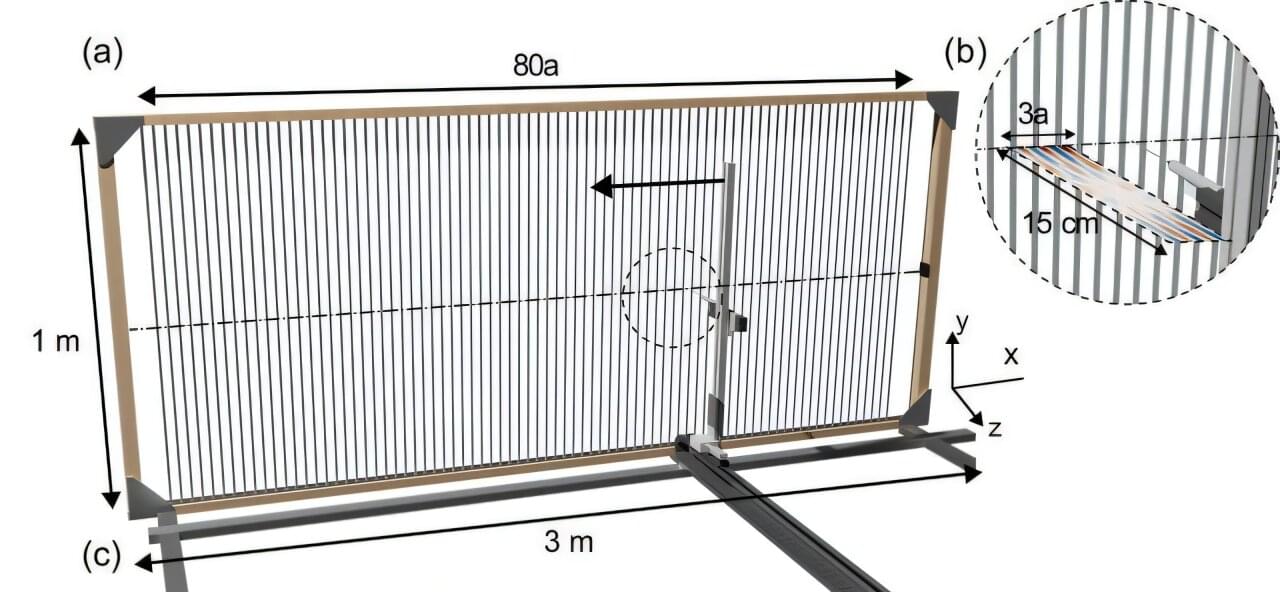
So-called Rayleigh–Bloch waves can release an enormous amount of energy that can damage technical systems under certain circumstances. They only exist below a precisely defined cut-off frequency; above this, they disappear abruptly. Strangely enough, however, there are isolated high frequencies at which they can also be detected.
Mathematicians from the Universities of Augsburg and Adelaide have recently proposed an explanation for this puzzling phenomenon. Together with researchers from the University of Exeter, they have now been able to prove experimentally that their theory is indeed correct. The study has just been published in the journal Communications Physics.
Suppose you had a gigantic barbecue grill that could easily accommodate several hundreds of sausages. Then, you could not only use it to invite your children’s entire school to a barbecue. The numerous stainless steel struts aligned parallel to each other are also ideal for generating Rayleigh–Bloch waves.

Challenging centuries-old assumptions about thermodynamics, a new study published in Physical Review Letters has shown that it is theoretically possible to design a heat engine that achieves maximum power output while approaching Carnot efficiency.
The Carnot heat engine is a thermodynamic device that converts heat into mechanical work by operating between two temperature reservoirs, a hot and cold one.
The engine works by taking heat from the hot reservoir, converting some of it into useful work, and rejecting the remaining heat to the cold reservoir. The thermodynamic cycle followed by the engine is known as the Carnot cycle.
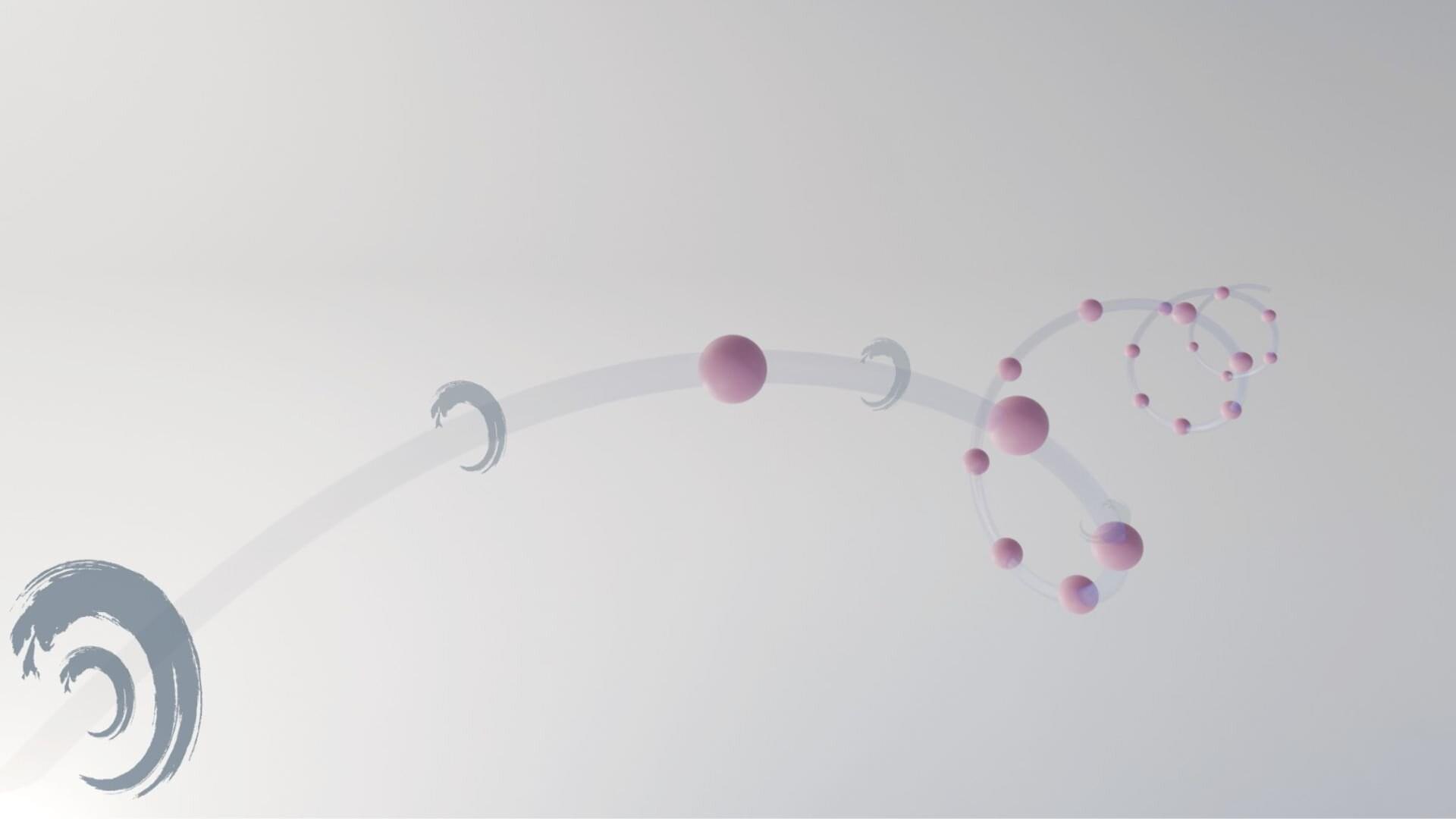
In a new study published in Nature Physics, researchers have developed the first controlled method for exciting and observing Kelvin waves in superfluid helium-4.
First described by Lord Kelvin in 1880, Kelvin waves are helical (spiral-shaped) waves that travel along the vortex lines, playing a vital role in how energy dissipates in quantum systems. However, they are difficult to study experimentally.
Creating a controlled setting to observe them has been the biggest challenge that the researchers overcame. Phys.org spoke to the first author of the study, Associate Prof. Yosuke Minowa from Kyoto University.

Electrochemical stimuli-responsive materials are gaining more attention in the world of display technology. Based on external stimuli, such as low voltage, these materials can instantaneously undergo electrochemical reactions.
These electrochemical reactions can result in the production of different colors, enhancing display options. An electrochemical system consists of electrodes and electrolytes. Combining the luminescent and coloration molecules on the electrodes instead of the electrolyte can offer higher efficiencies and stability for display devices.
To this end, a research team from Japan employed clay membranes to effectively integrate the coloration and luminescence molecules. Their innovative dual-mode electrochemical device merges the ability to emit light and change color, offering a highly adaptable and energy-efficient solution for modern displays.
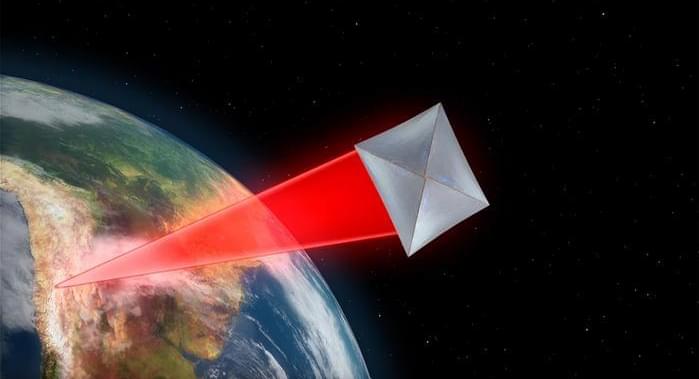
“There are numerous challenges involved in developing a membrane that could ultimately be used as lightsail. It needs to withstand heat, hold its shape under pressure, and ride stably along the axis of a laser beam,” said Dr. Harry Atwater, who is a Howard Hughes Professor of Applied Physics and Materials Science at Caltech and a co-author on the study. “But before we can begin building such a sail, we need to understand how the materials respond to radiation pressure from lasers. We wanted to know if we could determine the force being exerted on a membrane just by measuring its movements. It turns out we can.”
For the study, the researchers used real-life models to simulate the size of the lightsail, amount of laser power needed to propel the lightsail, and amount of pressure exerted on the lightsail to achieve the desired speed. After creating their own miniature lightsail measuring 40 microns long, 40 microns wide, and 50 nanometers thick tethered to four strings, the team subjected it to laser light to measure the amount of radiation pressure the lightsail was experiencing. In the end, the team found the specific angle and amount of force required to push the lightsail forward. Through this, they successfully established groundwork for potentially constructing larger lightsails in the future.

‘Earth factory’ method cooks up clean fertilizer underground.
In the 1980s, well diggers in Mali, West Africa uncovered an unusual geological phenomenon: a well streaming with hydrogen gas, which scientists traced back to chemical reactions between water and rock occurring deep within the Earth. Now, researchers are harnessing our planet’s natural heat and pressure to cook up ammonia for fertilizer—potentially reducing the need for chemical plants powered by fossil fuels.
Ammonia, which is primarily used as a source for nitrogen fertilizer and also being considered for use as a green fuel, is the most widely produced chemical in the world today. Unfortunately, the standard method for making ammonia, known as the Haber-Bosch process, consumes enormous amounts of energy—making it a major source of greenhouse gas emissions. In fact, ammonia production is the chemical industry’s biggest greenhouse gas emitter.
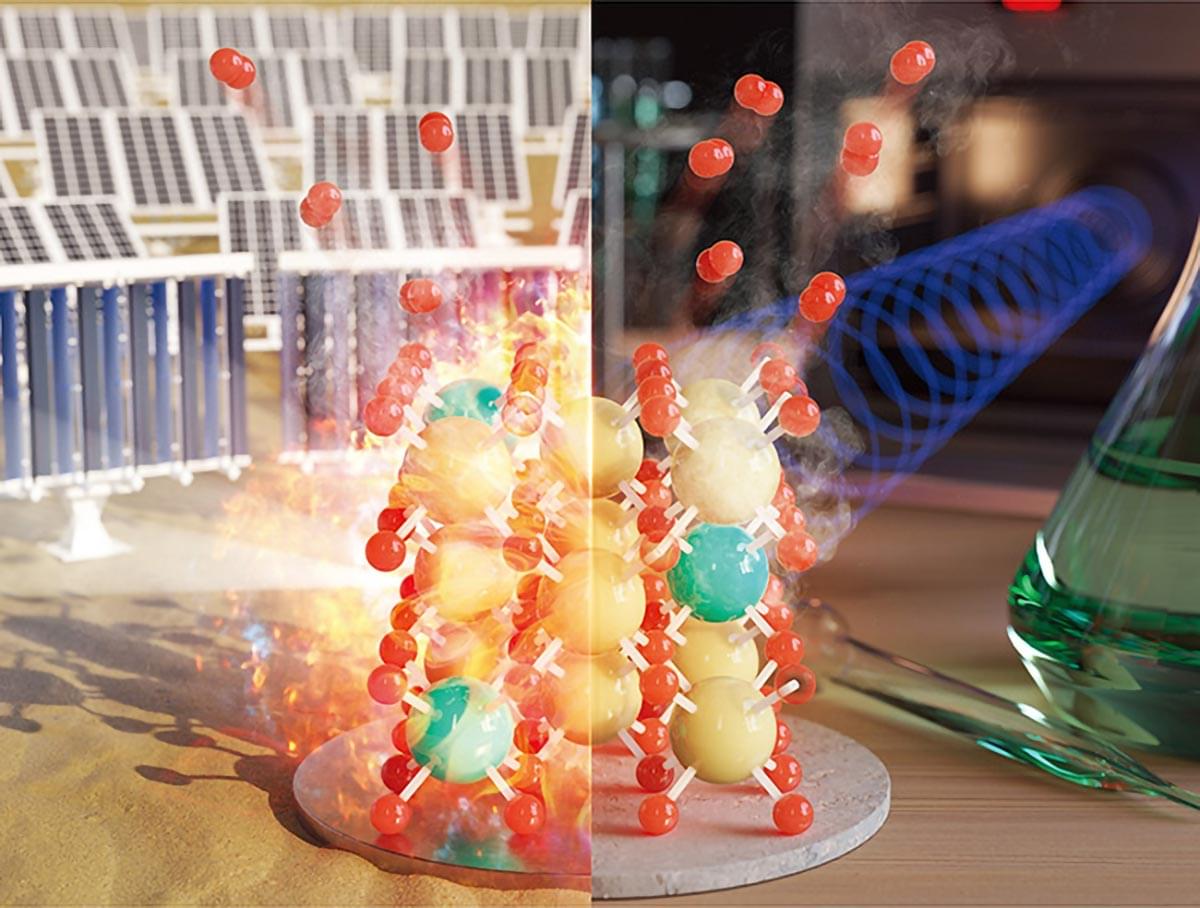
Scientists have unlocked a groundbreaking way to produce clean hydrogen using microwaves, drastically reducing the extreme heat required for conventional methods.
By harnessing microwave energy, the team lowered the reaction temperature by over 60%, making hydrogen production far more efficient and sustainable. A key breakthrough was the rapid creation of oxygen vacancies, essential for splitting water into hydrogen, in just minutes rather than hours.
Revolutionizing Hydrogen Production with Microwaves.